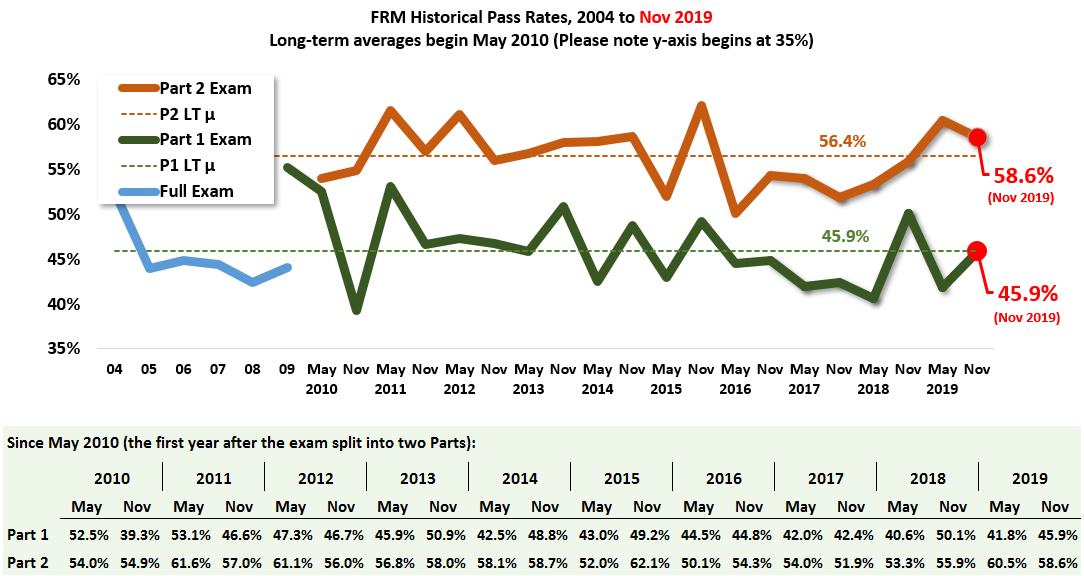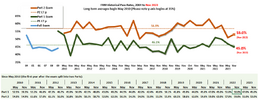@Stuart D MoncrieffHow do you calculate the BT pass rate and do you ever compare the pass % over time with the above charts?
The BT pass rate was calculated from a survey that we sent out. We have not sent out another survey recently so we are not able to create a comparison chart at this time. However, we have talked about sending out another survey to our audience so this is something that we could probably do in the near future. Just keep in mind that the exact pass rate is difficult to calculate, as we can only go by the answers that people are providing, which may or may not be accurate. Also, not everyone answers the survey that is sent, so the calculation would be missing those who actually did pass the exam using BT materials but did not complete the survey that was sent to them. Because of this, it is difficult to get an exact pass rate for those using BT materials.



